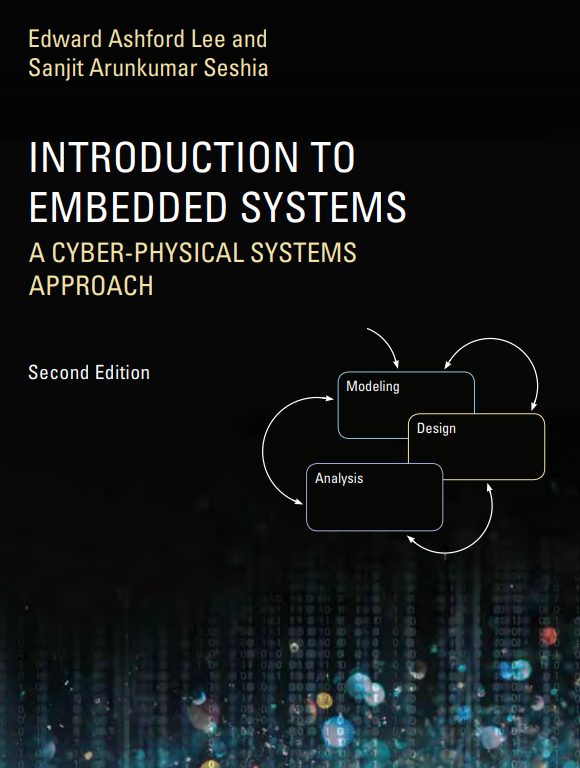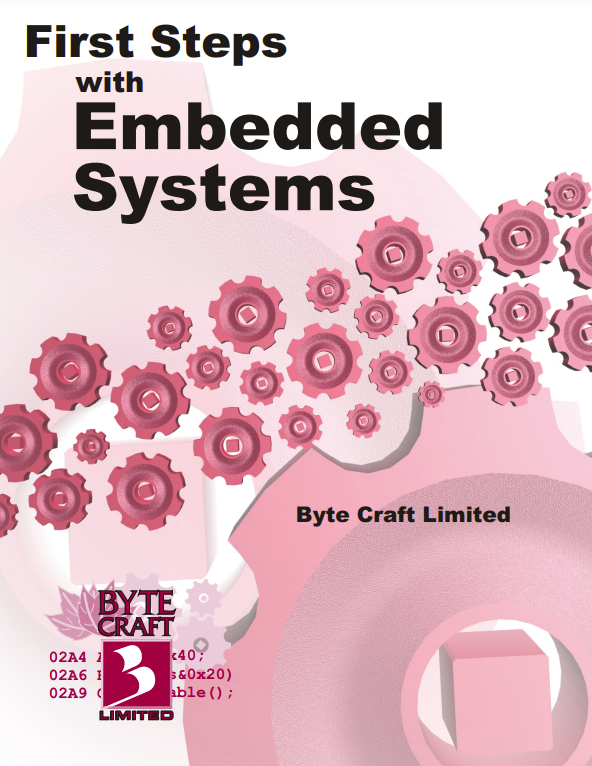What This Book Is About
The most visible use of computers and software is processing information for human consumption. We use them to write books (like this one), search for information on the web, communicate via email, and keep track of financial data. The vast majority of computers in use, however, are much less visible. They run the engine, brakes, seatbelts, airbag, and audio system in your car. They digitally encode your voice and construct a radio signal to send it from your cell phone to a base station. They control your microwave oven, refrigerator, and dishwasher. They run printers ranging from desktop inkjet printers to large industrial high-volume printers. They command robots on a factory floor, power generation in a power plant, processes in a chemical plant, and traffic lights in a city. They search for microbes in biological samples, construct images of the inside of a human body, and measure vital signs. They process radio signals from space looking for supernovae and for extraterrestrial intelligence. They bring toys to life, enabling them to react to human touch and to sounds. They control aircraft and trains. These less visible computers are called embedded systems, and the software they run is called embedded software.
Despite this widespread prevalence of embedded systems, computer science has, throughout its relatively short history, focused primarily on information processing. Only recently have embedded systems received much attention from researchers. And only recently has the community recognized that the engineering techniques required to design and analyze these systems are distinct. Although embedded systems have been in use since the 1970s, for most of their history they were seen simply as small computers. The principal engineering problem was understood to be one of coping with limited resources (limited processing power, limited energy sources, small memories, etc.). As such, the engineering challenge was to optimize the designs. Since all designs benefit from optimization, the discipline was not distinct from anything else in computer science. It just had to be more aggressive about applying the same optimization techniques.
Recently, the community has come to understand that the principal challenges in embedded systems stem from their interaction with physical processes, and not from their limited resources. The term cyber-physical systems (CPS) was coined by Helen Gill at the National Science Foundation in the U.S. to refer to the integration of computation with physical processes. In CPS, embedded computers and networks monitor and control the physical processes, usually with feedback loops where physical processes affect computations and vice versa. The design of such systems, therefore, requires understanding the joint dynamics of computers, software, networks, and physical processes. It is this study of joint dynamics that sets this discipline apart.
When studying CPS, certain key problems emerge that are rare in so-called generalpurpose computing. For example, in general-purpose software, the time it takes to perform a task is an issue of performance, not correctness. It is not incorrect to take longer to perform a task. It is merely less convenient and therefore less valuable. In CPS, the time it takes to perform a task may be critical to correct functioning of the system. In the physical world, as opposed to the cyber world, the passage of time is inexorable.
In CPS, moreover, many things happen at once. Physical processes are compositions of many things going on at once, unlike software processes, which are deeply rooted in sequential steps. Abelson and Sussman (1996) describe computer science as “procedural epistemology,” knowledge through procedure. In the physical world, by contrast, processes are rarely procedural. Physical processes are compositions of many parallel processes. Measuring and controlling the dynamics of these processes by orchestrating actions that influence the processes are the main tasks of embedded systems. Consequently, concurrency is intrinsic in CPS. Many of the technical challenges in designing and analyzing embedded software stem from the need to bridge an inherently sequential semantics with an intrinsically concurrent physical world.






